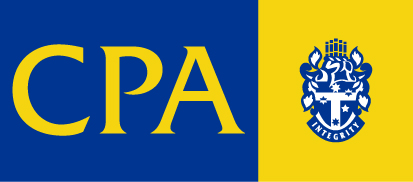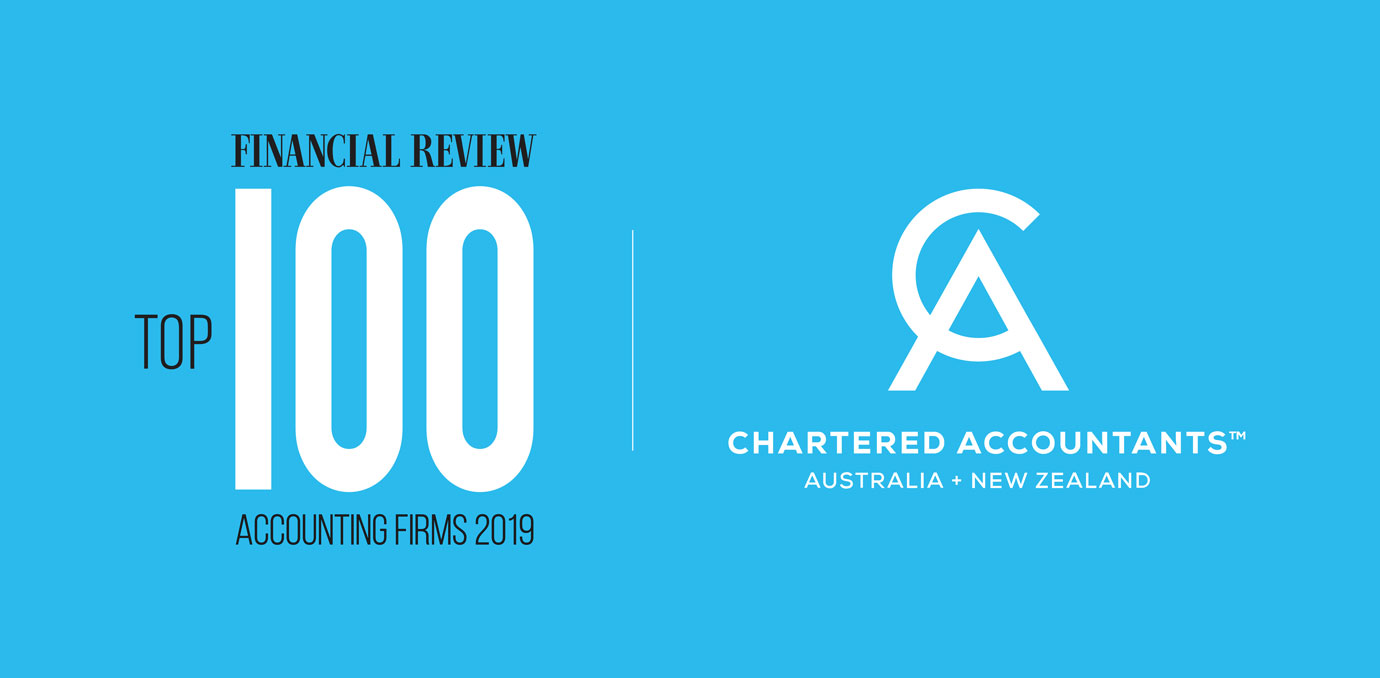Franking Credits and the Fuss.
Rede Accountants Gold Coast, Brisbane & Byron Bay
You have probably seen in the press the growing debate about Labour’s policy to eliminate tax refunds resulting from excess franking credits.
Let’s discuss what franking credits are and how tax refunds can result.
If you invest in a company like Commonwealth Bank (CBA), every 6 months you receive a dividend that is generally franked. In the 2018 financial year, CBA paid franked dividends of $4.31 per share, or total dividends of $7.5 Billion.
Dividends are paid out of profits earned. In 2018, the profits of CBA were $13.42 Billion. Based on a company tax rate of 30c in the Dollar of profit, the company paid $4 Billion of income tax.
Franking in a nutshell is the payment of these dividends from company profits that have been taxed. The concept of franking dividends is designed to avoid double taxation of dividends in the hands of shareholders.
The shareholder, in turn, receives a franking credit (or a tax credit) for the company tax paid in relation to those dividends paid from taxed profits. So for the $4.31 dividend per share, the shareholder receives a tax credit (franking credit) of $1.87.
The shareholder declares income of $4.31 plus $1.87 = $6.18. They are taxed on that at their normal tax rate and receive a credit of $1.87. That credit equates 30% of the income.
Without franking credits, the taxpayer would return $4.31 income and pay tax on that dividend. Not only has the company paid tax of 30 cents in the dollar, but the individual might also pay a minimum tax of 34.5 cents in the dollar. The same $1 of CBA profit could ultimately be taxed at 64.5 cents!!!
Which taxpayers may qualify for tax refunds from franking credits?
Basically only individuals and superannuation funds (generally SMSF’s).
Let’s firstly examine SMSF’s which is where most of the fuss is. SMSF’s tax rate is 15% where the members are not retired. If they are retired, the tax rate can be 0%.
Looking at the CBA dividend, the SMSF returns an income of $6.18 per share owned. Tax at 15% is 93 cents and the tax credit is $1.87. If this was the only income there is a tax refund 94 cents per share. That’s effectively 50% of the franking credit.
Let’s extend this so that the SMSF owns 10,000 CBA shares and nothing else. The income is $61,800, tax is $9,300 and franking credits are $18,700. The SMSF receives a refund of $9,400. Very nice indeed.
Take the same situation for a SMSF where all members are retired with the sole asset being 10,000 CBA shares. Income is $61,800, tax is $0 and franking credits are $18 700. Tax refund is $18,700. That’s 100% of the franking credit. Even better.
This is what Labour is trying to stop.
The same concept applies for individual taxpayers except they quickly run into higher tax rates. For example if a person earned $61,800 as above, tax is $12,800, franking credits are $18,700 and tax refund is $5,900. Still a good result.
If they held 20,000 CBA shares, income is $123,600, tax is $35,700, franking credits are $37,400 and tax refund is $1,700.
Franking for individuals still provides very effective tax results compared with other forms of investment income such as property rental income and interest income.
Your trusted accountant can explain this in far more detail – if you would like some more information contact us here.
This commentary should not be read as investment advice. It is merely a taxation commentary.






